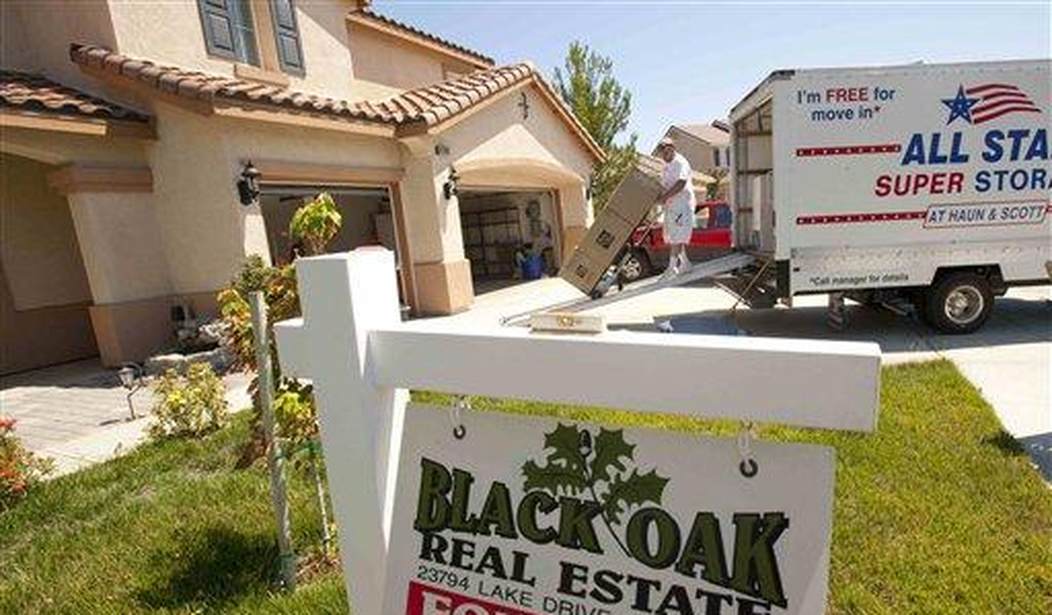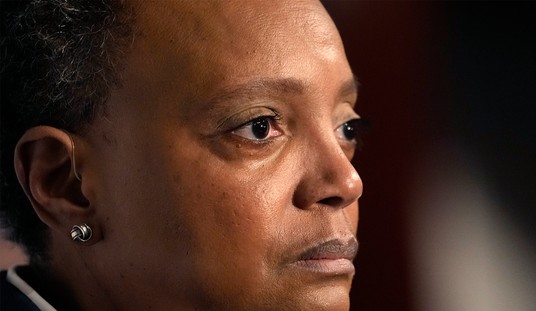More than half of American cities registered a loss of population over the last year. People flocked to suburbs and exurbs and headed west to the Sun Belt, according to the U.S. Census. The increase in population in those places comes at the expense of big cities, who lost population during the same period of time.
This is the real “Great Replacement” theory. Big cities are not “replacing” their lost populations because the people are moving to smaller cities and towns with less crime, less taxes, and less left-wing folderol.
Perhaps more interestingly, fewer immigrants are moving in to pick up the slack.
The Phoenix suburbs of Queen Creek, Buckeye and Maricopa, Ariz., along with exurban Casa Grande, all landed among the 10 fastest-growing cities. So did North Port, Fla., between Sarasota and Fort Myers, and Spring Hill, Tenn., south of Nashville.
Boise, Idaho, added just 1,617 residents last year, but three suburbs — Meridian, Caldwell and Nampa — all saw their populations grow by more than 5 percent.
Is it any wonder that the cities of San Francisco and New York led the way in losing population?
The Census Bureau population figures show that some of the nation’s largest cities also registered the largest population declines last year. More than 305,000 people moved out of New York City, a larger total population decline than any other city. San Francisco registered the largest population decrease by percentage, dropping 6.3 percent for a decline of 54,000 people.
Los Angeles and Chicago each lost more than 40,000 residents. Among the nation’s 10 largest cities, only San Antonio and Phoenix grew.
At the same time, suburban areas outside those major metropolitan cities are among the hottest housing markets in the country, according to data from Zillow.
Certainly part of the reason for the decline has been dislocations caused by the pandemic. But COVID-19 also jarred something loose in America. People took a closer look at their lives, where they lived, and what they might do to improve their quality of life.
And they’re voting with their feet.
“People don’t necessarily have to live close to work anymore, and that really opened the door,” Bachaud said in an interview Friday. “Now that we’re entering the third year of the pandemic, people are making those longer term decisions now that they have that clarity.”
We shouldn’t worry about the big cities. Rich people will always want to live in the cultural and commercial hubs. And the poor will live in cities where the welfare benefits are most generous.
But the middle class has already decided to find someplace else to live and work. And that spells trouble for the future of these metropolises.










Join the conversation as a VIP Member